With its position as the heart of the country, a place where the quintessence of national culture converges and spreads, in the future, the Capital needs to break through and shape new standards in management thinking, creative space, people and lifestyle, thereby affirming its pioneering role in transforming cultural values into economic development resources.

Breakthrough thinking, strategic vision
On February 22, 2022, the City Party Committee issued Resolution No. 09-NQ/TU on "Developing cultural industry in the capital for the period 2021 - 2025, orientation to 2030, vision to 2045". This is the first separate resolution on cultural industry, demonstrating strategic thinking when considering culture as both a spiritual foundation and an economic resource.
Over the past three years, Hanoi has strongly innovated its management thinking: From considering culture as just a budget spending area, culture is now seen as a profitable area when properly invested. The city issued an action program, clearly assigned responsibilities, implemented policies to support artists, businesses and creative groups, thereby forming a dynamic cultural industrial ecosystem with many industries such as cinema, design, fashion , games, handicrafts, digital media, etc.
A notable mark is the strong development of the creative space system. From a few small models like Zone 9 in the past, Hanoi now has hundreds of locations, typically Complex 01, Heritage Space, VICAS Art Studio, O Kia Ha Noi... Along with that, community spaces such as Hoan Kiem Lake walking street and surrounding areas, Trinh Cong Son walking street, Tran Nhan Tong or Phung Hung mural street have become attractive creative destinations.
Monuments, heritages, and ancient architectures are also exploited in new directions: Hoa Lo Prison, Temple of Literature - Quoc Tu Giam, Thang Long Imperial Citadel develop night tours, apply 3D technology, and combine live performances. French villa No. 49 Tran Hung Dao or Cultural Center 22 Hang Buom become spaces for contemporary art exhibitions. In the suburbs, localities such as Son Tay, Bat Trang, Quang Phu Cau, Ba Vi... also build creative models associated with cultural tourism.
International events such as Creative Design Week, Hanoi International Film Festival, Ao Dai Festival, Tourism Gift Festival... not only contribute to positioning the Capital's brand but also promote international exchanges, increasing tourism attraction. In terms of economy, the cultural industry is increasingly asserting its role: In 2024, it will contribute 3.7% of GRDP and aim for 5% in 2025. Revenue from games, digital content, handicrafts, fashion, and experiential tourism will maintain a stable growth momentum.
Associate Professor Dr. Bui Hoai Son, Standing Member of the National Assembly's Committee on Culture and Society, affirmed: "The most important thing that Hanoi has achieved after Resolution 09 is a change in thinking; cultural industry is no longer a strange concept, but has become an essential part of the capital's development strategy."
Associate Professor Dr. Nguyen Thi Thu Phuong, Director of VICAS, also emphasized: “Hanoi is a pioneer in institutionalizing the cultural industry. The establishment of the Cultural Industry Center will be a tool for organizing policies, while also nurturing international creativity and developing the Vietnamese cultural market.” Ms. Nguyen Thi Thu Phuong believes that Hanoi needs to continue investing in creative infrastructure, build a specific financial mechanism to encourage cultural startups, and develop young human resources with a global mindset but still attached to national identity.
Model of cultural development of the whole country
In 2019, Hanoi joined the UNESCO Creative Cities Network. This is a step to enhance its international status and open up opportunities for global cooperation. Mr. Jonathan Wallace Baker, UNESCO Representative in Vietnam, commented: "Hanoi is gradually turning culture into a pillar of the capital's development."
On July 5, 2025, the City People's Council issued Resolution No. 24/2025/NQ-HDND on the organization and operation of the Cultural Industry Center, along with Resolution No. 25/2025/NQ-HDND on the commercial and cultural development zone. This is an important institutional turning point, towards a multi-functional institutional model, integrating creativity - production - display - training - commercialization of cultural products.
According to Mr. Do Dinh Hong, former Director of the Hanoi Department of Culture and Sports: “The Cultural Industry Center model will transform cultural resources into economic value, while ensuring social sustainability and cultural identity. This is the foundation for Hanoi to build its position as a national and regional cultural industry center.”
Architect Doan Ky Thanh believes that the new resolutions will create more mechanisms and motivations to turn heritage into assets, helping culture become a resource for the development of comprehensive economic sectors. Meanwhile, Director of My Thanh Company Tran Thanh Tung emphasized: "Cultural industrial centers must provide specialized working spaces, linked with legal, technological, financial services... to retain creative businesses, thereby creating value and profit."
Hanoi aims to have cultural industry contribute 5% of GRDP by 2025; become a regional cultural industry center by 2030 and reach out to the world by 2045. The city will develop a system of cultural industry centers at many levels: from urban to commune and ward; from large scale to specialized by profession; from domestic service to international connection. This is not only a story of institutions, but also an expectation to turn each citizen into a creative subject, each urban space into a cultural space, each art product into a valuable brand.
General Secretary To Lam has repeatedly emphasized that Hanoi must be a "model of cultural development for the whole country". This is both a political responsibility and a requirement from the reality of international integration. From Resolution 09 of the City Party Committee to Resolutions 24 and 25 of the City People's Council, Hanoi has built a methodical roadmap, determined to put culture at the center of development. Cultural industry is not just a trend, but a strategic choice, connecting tradition with innovation, national identity with global spirit. The journey is not easy, but with innovative thinking, decisive action and the support of the government, artists, businesses and the community, Hanoi can absolutely become a pioneering model of cultural development - not only for the whole country, but also for the region and the world.
Source: https://hanoimoi.vn/de-ha-noi-tro-thanh-trung-tam-cong-nghiep-van-hoa-cua-khu-vuc-va-the-gioi-719849.html


![[Photo] General Secretary To Lam attends the 18th Hanoi Party Congress, term 2025-2030](https://vphoto.vietnam.vn/thumb/1200x675/vietnam/resource/IMAGE/2025/10/16/1760581023342_cover-0367-jpg.webp)


![[Photo] Conference of the Government Party Committee Standing Committee and the National Assembly Party Committee Standing Committee on the 10th Session, 15th National Assembly](https://vphoto.vietnam.vn/thumb/1200x675/vietnam/resource/IMAGE/2025/10/15/1760543205375_dsc-7128-jpg.webp)


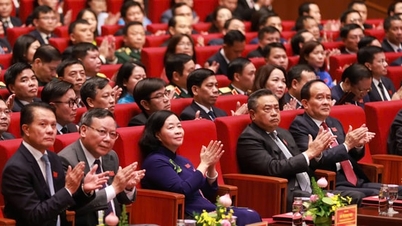
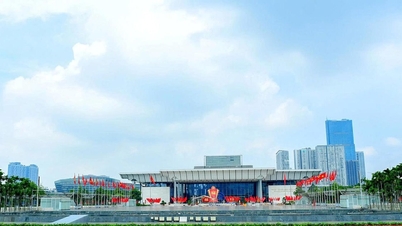

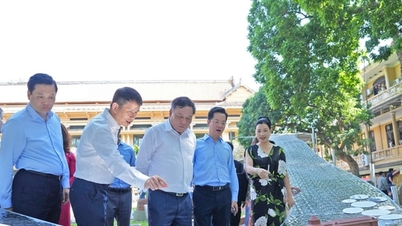
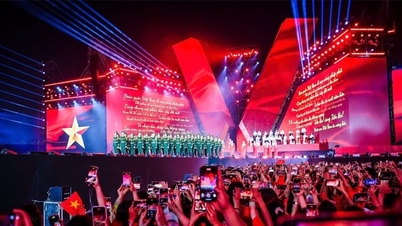
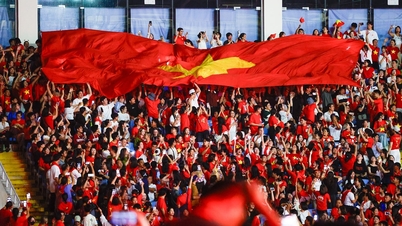
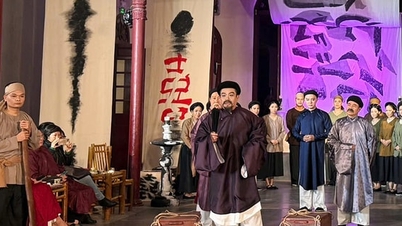


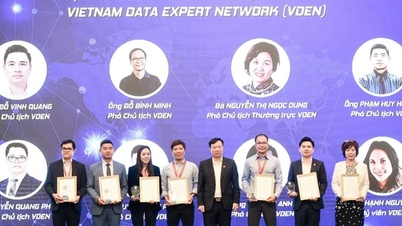
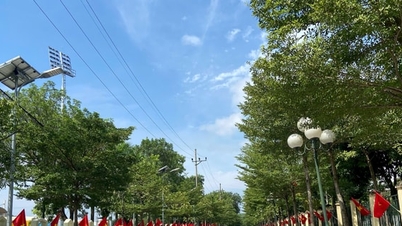
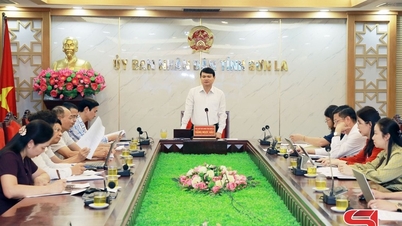

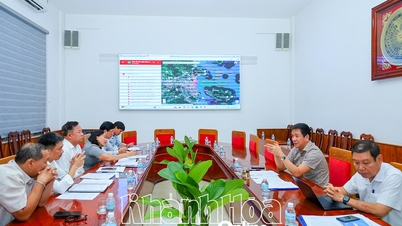

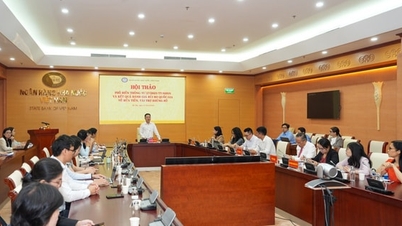




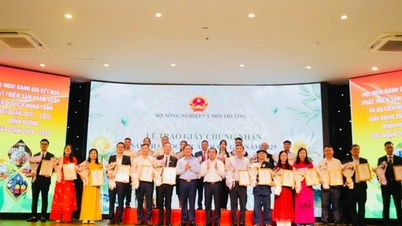
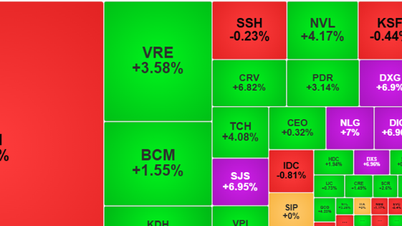
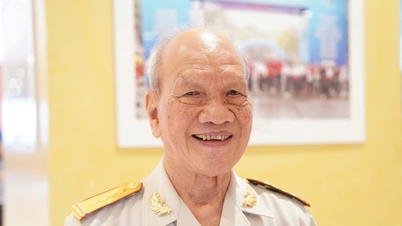


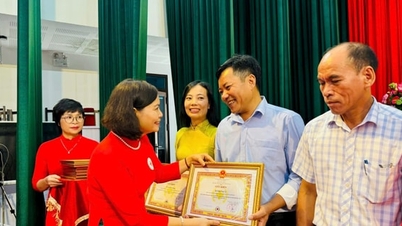
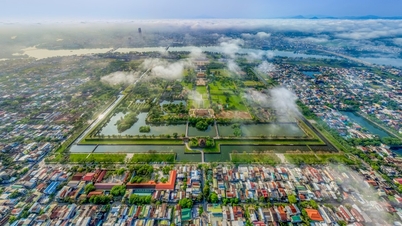

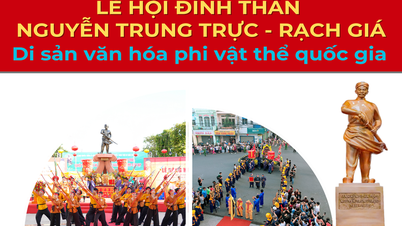

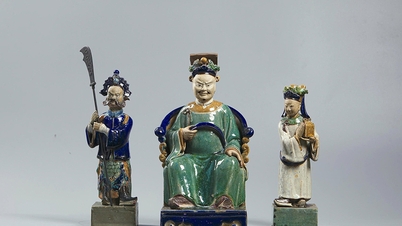



![[Video] TripAdvisor honors many famous attractions of Ninh Binh](https://vphoto.vietnam.vn/thumb/402x226/vietnam/resource/IMAGE/2025/10/16/1760574721908_vinh-danh-ninh-binh-7368-jpg.webp)



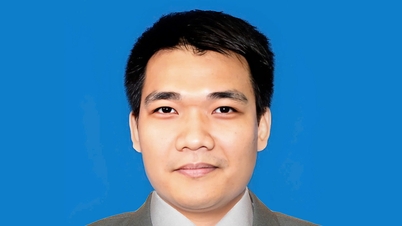

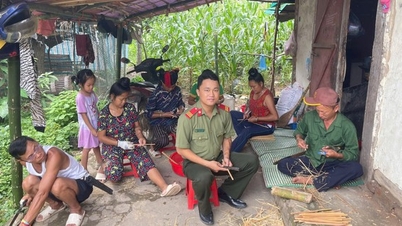

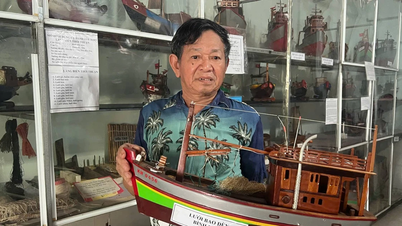




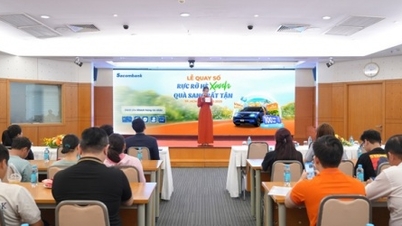






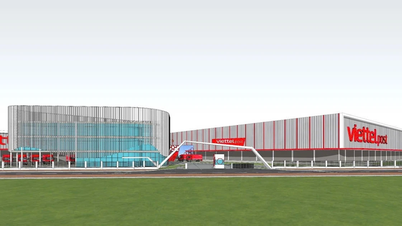
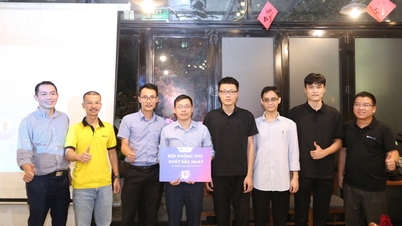








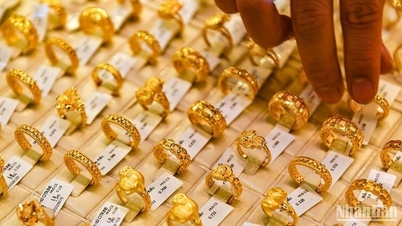
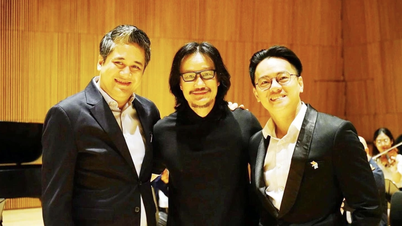
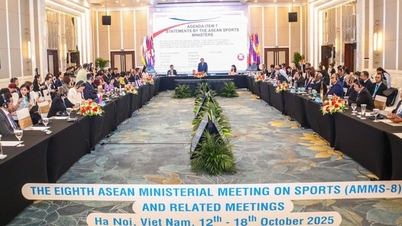

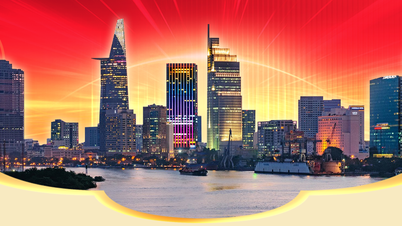

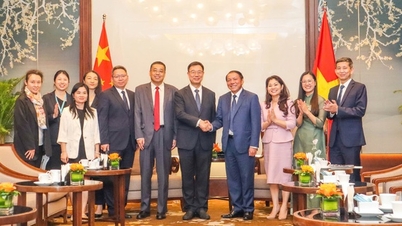
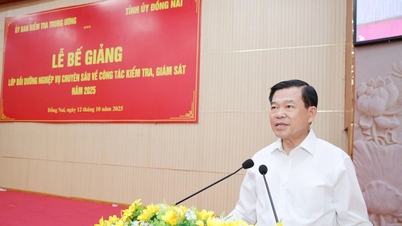

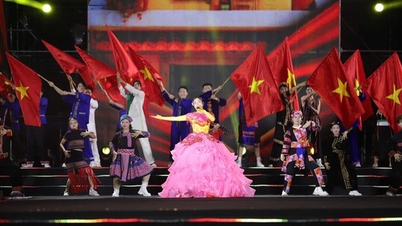
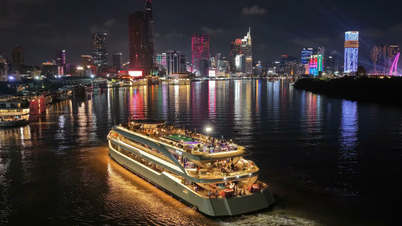
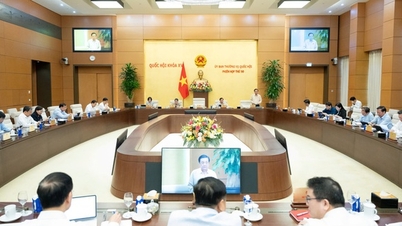
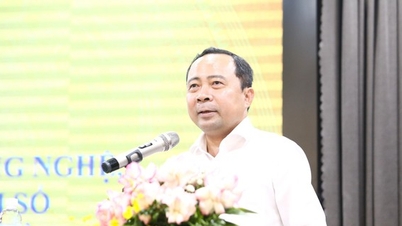

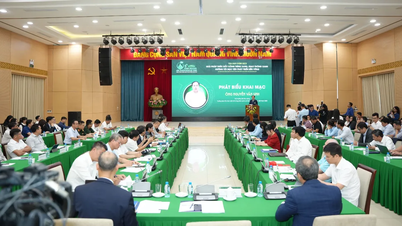

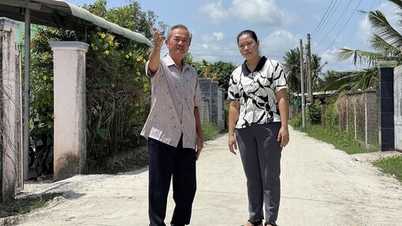

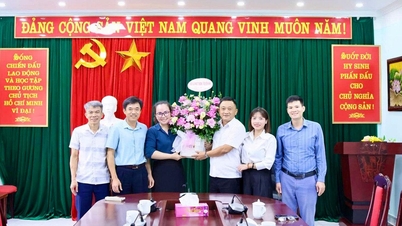

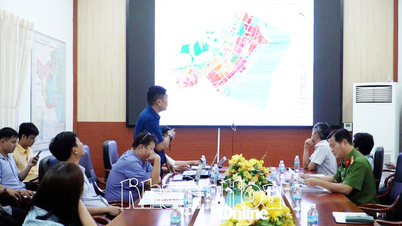
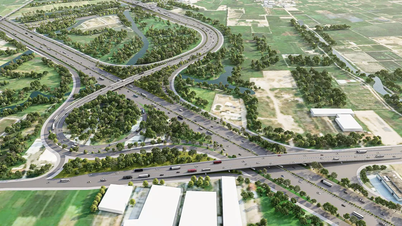











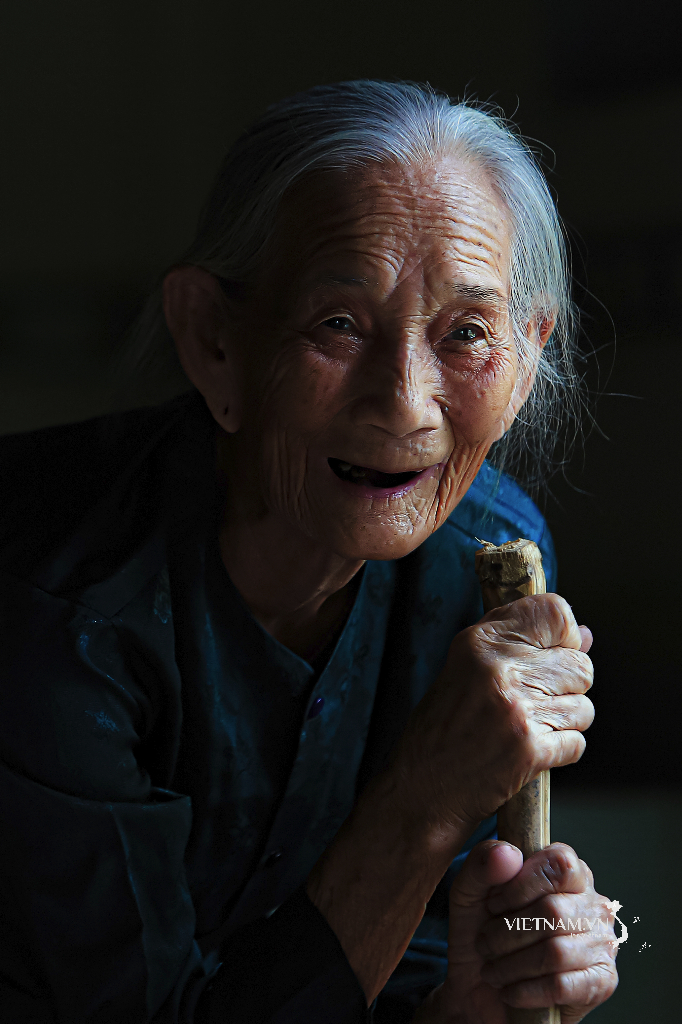


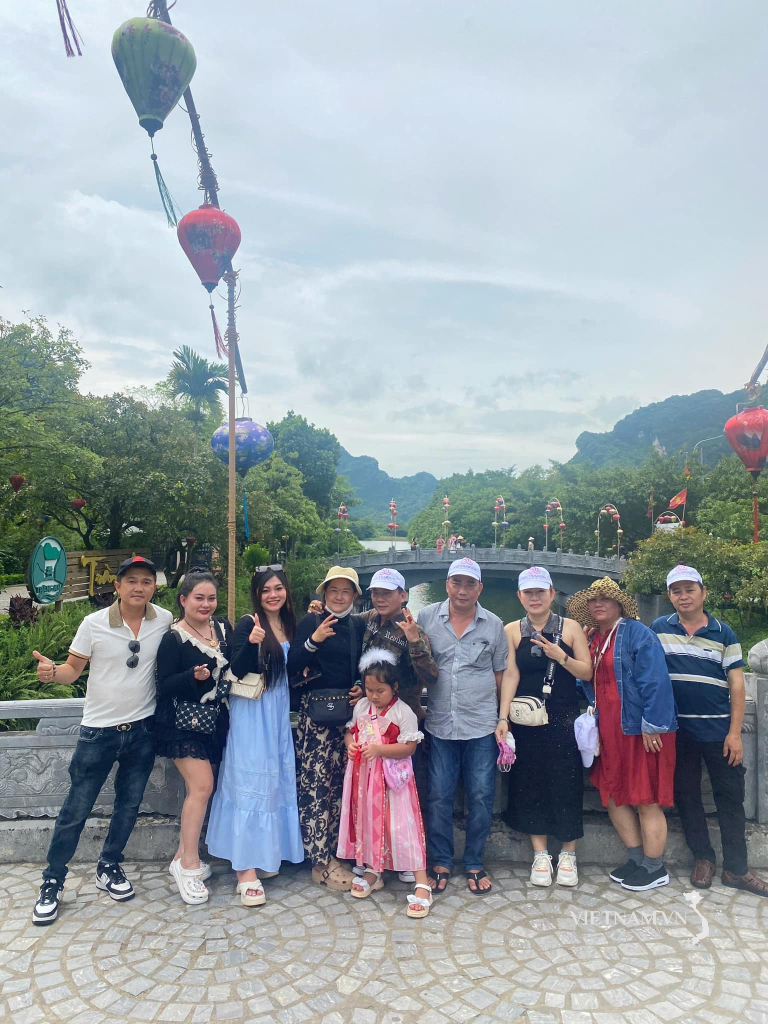
Comment (0)